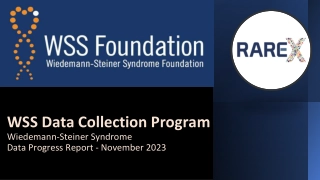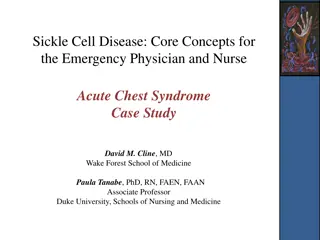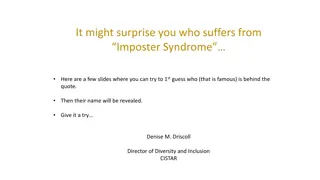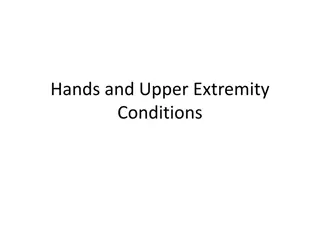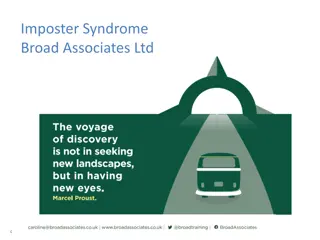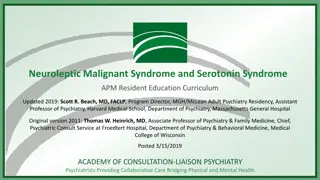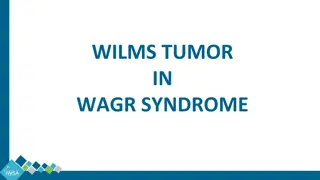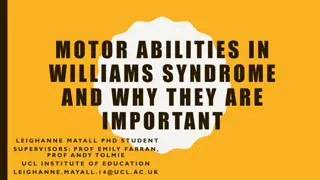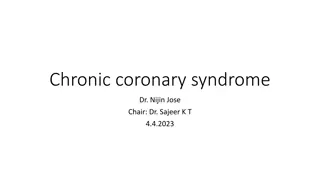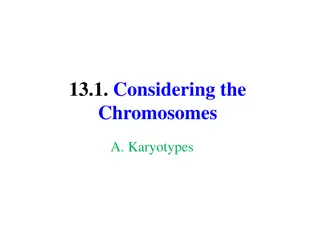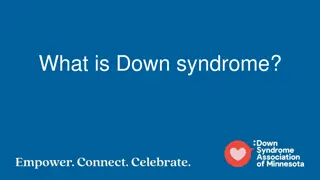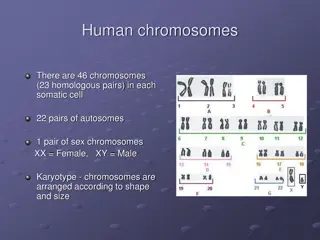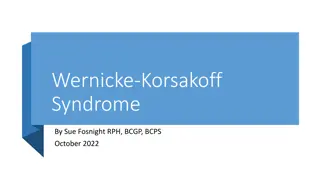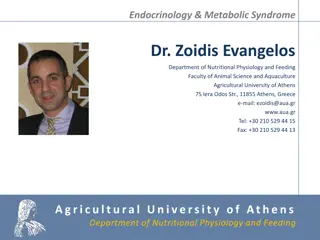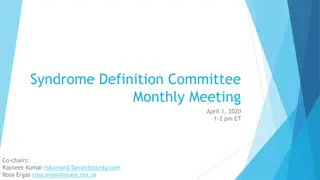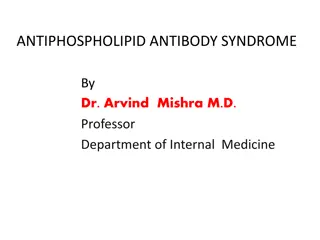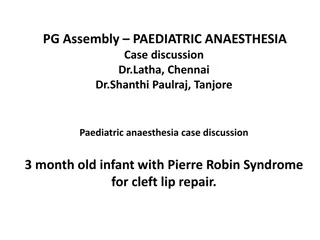Postconcussion Syndrome
Postconcussion Syndrome, characterized by physical symptoms, forgetfulness, attention span issues, and personality changes, is a condition stemming from brain injury. Learn about its causes, diagnosis, complications, and treatment goals to help individuals return to normalcy. Diagnostic recommendations can assist in recognizing and addressing the disorder effectively.
Download Presentation

Please find below an Image/Link to download the presentation.
The content on the website is provided AS IS for your information and personal use only. It may not be sold, licensed, or shared on other websites without obtaining consent from the author.If you encounter any issues during the download, it is possible that the publisher has removed the file from their server.
You are allowed to download the files provided on this website for personal or commercial use, subject to the condition that they are used lawfully. All files are the property of their respective owners.
The content on the website is provided AS IS for your information and personal use only. It may not be sold, licensed, or shared on other websites without obtaining consent from the author.
E N D
Presentation Transcript
Postconcussion Syndrome by William D. MacInnes, Ph.D., A.B.N.
Postconcussion syndrome. What is it? Physical symptoms Forgetfulness Attention span Slow mental processing Personality and mood changes Thought processes
What Causes PCS? Brain anatomy and function Rigid Skull Muscular scalp Membrane layers Meninges Dura matter Pia matter
What Goes Wrong? Neurons Glia Synapses
How is it Diagnosed? Brain injury caused by a concussion can not be seen on x-rays or laboratory studies, nor will it always show up during neurological or radiological measures such as EEGs, CTs or MRI scans
Complications of PCS The major complication of PCS is the failure to realize a person has a physical problem related to concussion and that these symptoms can interfere with various functions in daily life
Goals of Treatment Manage physical symptoms Modify home and work activities to reduce stress by decreasing the number of demands
Goals of Treatment The overall goal of treatment is to return the individual to previous roles, relationships and capabilities as early and as easily as possible
Diagnostic Recommendations for Postconcussion Disorder History of head injuries and includes at least 2 of the following: Loss of consciousness for 5 minutes or less. Posttraumatic amnesia of 12 hours or more. Onset of seizures (posttraumatic epilepsy) within 6 months of head injury.
Diagnostic Recommendations for Postconcussion Disorder Current symptoms to include: At least the following 2 cognitive difficulties: Learning or memory (recall) Concentration
Diagnostic Recommendations for Postconcussion Disorder Current symptoms to include: At least 3 of the following affective or vegetative symptoms: Easy fatigability Insomnia or sleep/wake cycle disturbances Headache Vertigo/dizziness Irritability and for progression on little or no provocation Anxiety, depression, or lability of affect Personality change Aspontaneity/apathy
Diagnostic Recommendations for Postconcussion Disorder Symptoms are associated with significant difficulty with maintaining premorbid occupational or academic performance or with a decline in social, occupational or academic performance
Previous Research Criteria for Postconcussion Disorder A history of head trauma that has caused significant cerebral concussion Evidence from neuropsychological testing for quantified cognitive assessment of difficulty in attention or memory
Previous Research Criteria for Postconcussion Disorder 3 or more of the following occur shortly after the trauma and last at least 3 months: Becoming fatigued easily Disordered sleep Headache Vertigo or dizziness Irritability or aggression on little or no provocation Anxiety, depression or affective lability Changes in personality (e.g., social or sexual inappropriateness) Apathy or lack of spontaneity
Issues with Previous Criteria Defining Postconcussion Syndrome Setting loss of consciousness at 5 minutes or less is arbitrary Distinguishing concussion from postconcussion syndrome: Concussion Postconcussive disorder Acute Subacute Chronic
Does preinjury functioning play a role in development of symptoms? YES
Comorbid features that contribute to symptoms Neck injuries Back pain Vestibular injuries Chronic pain
References Bigler, E.D. (1990). Traumatic Brain Injury: Mechanisms of damage, assessment, intervention and outcome. Pro-Ed Fraser, R.T. & Clemmons, D.C. (2000). Traumatic brain injury rehabilitation. CRC Press Varney, N.R. & Roberts, R.J. (1999). The evaluation and treatment of mild traumatic brain injury. Lawrence Erlbaum Associates
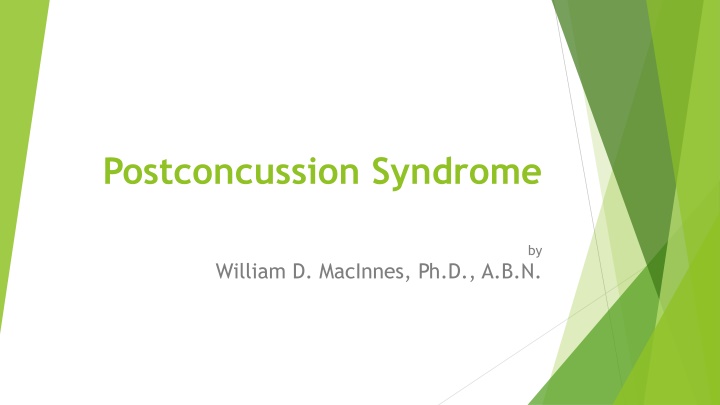

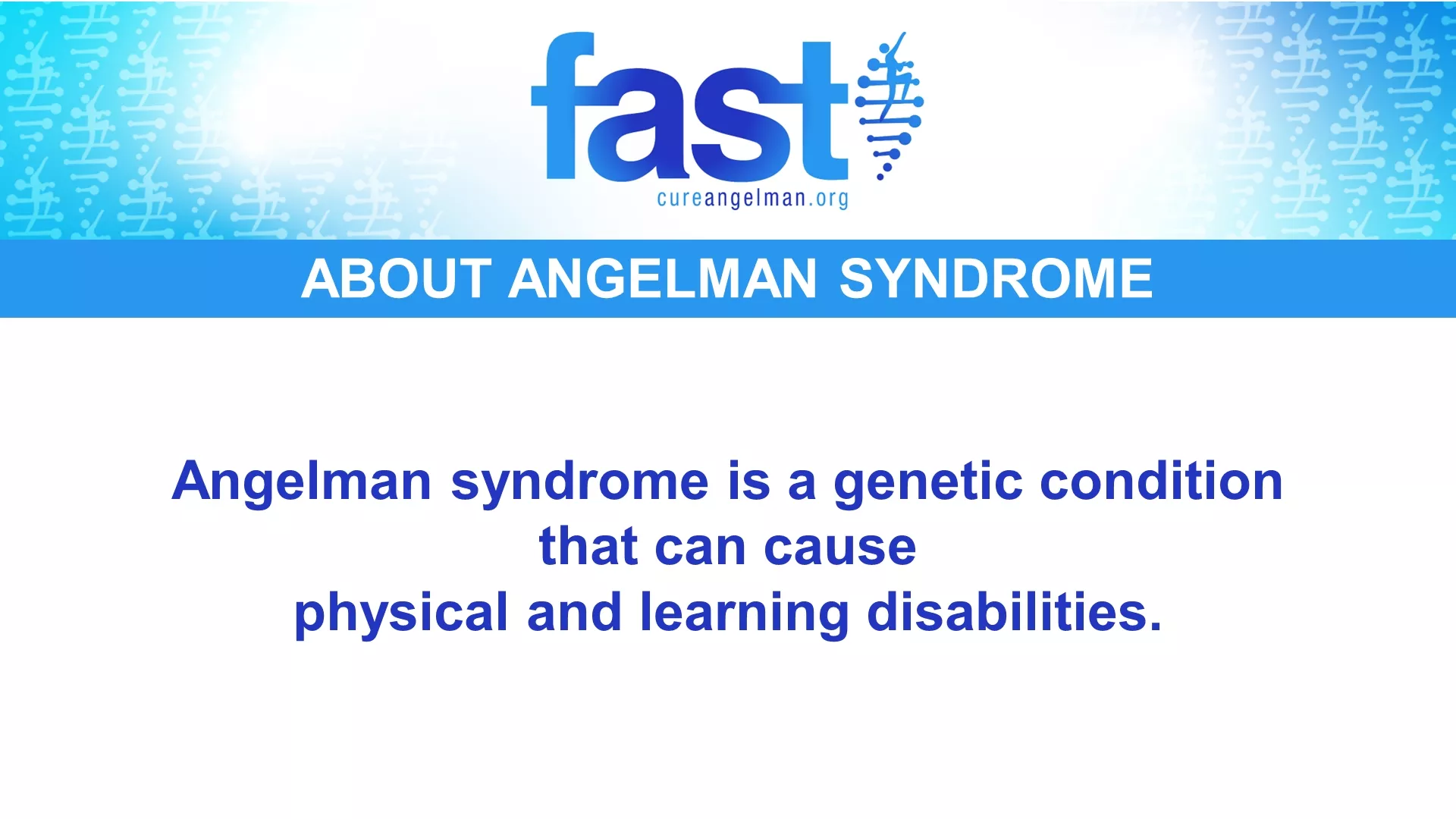
![❤[PDF]⚡ Zee Zee Does It Anyway!: A Story about down Syndrome and Determination](/thumb/20462/pdf-zee-zee-does-it-anyway-a-story-about-down-syndrome-and-determination.jpg)
